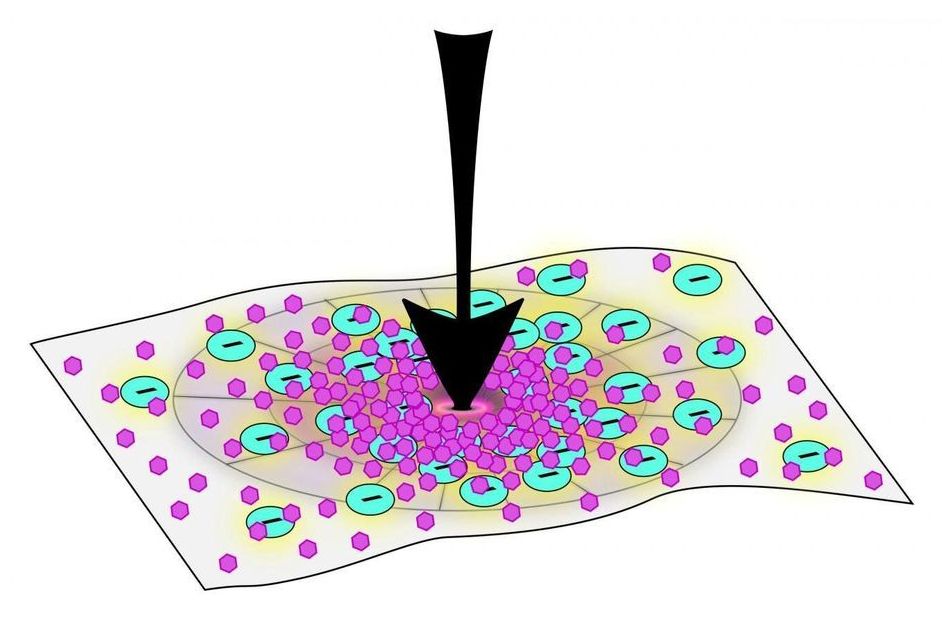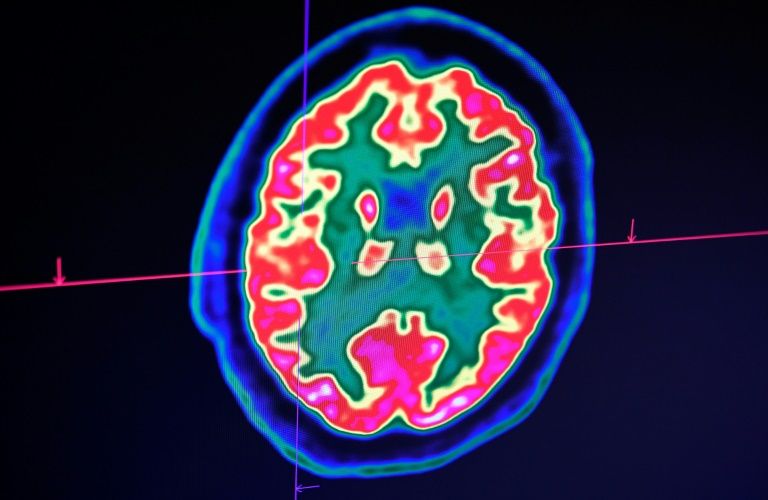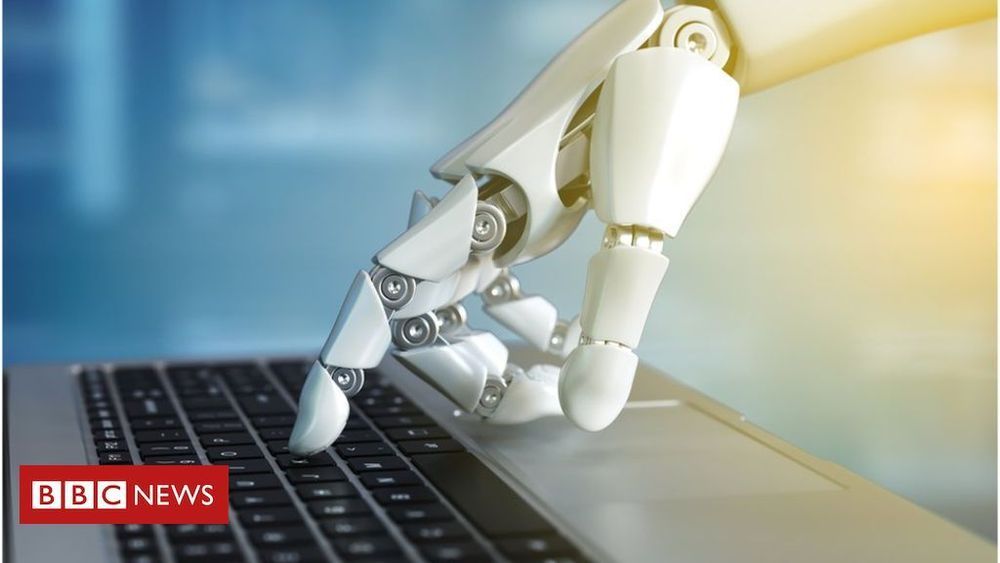
Researchers with the world’s gravitational wave detectors said today they had picked up vibrations from a cosmic collision that harmonized with the opening notes of an Elvis Presley hit. The source was the most exotic merger of two black holes detected yet—a pair in which one weighed more than three times as much as the other. Because of the stark mass imbalance, the collision generated gravitational waves at multiple frequencies, in a harmony Elvis fans would recognize. The chord also confirms a prediction of Einstein’s theory of gravity, or general relativity.
Such mismatched mass events could help theorists figure out how pairs of black holes form in the first place. “Anything that seems to be at the edge of our predictions is most interesting,” says Chris Belczynski, a gravitational theorist at the Polish Academy of Sciences in Warsaw, who was not involved in the observation. But the one event is “not quite in the regime where you can tell the different formation [routes] apart.”
Physicists first detected gravitational waves in 2015, when the Laser Interferometer Gravitational-Wave Observatory (LIGO), a pair of detectors in Washington and Louisiana, spotted two black holes spiraling into each other, generating infinitesimal ripples in spacetime. Two years later, the Virgo detector near Pisa, Italy, joined the hunt, and by August 2017, the detectors had bagged a total of 10 black hole mergers.


















